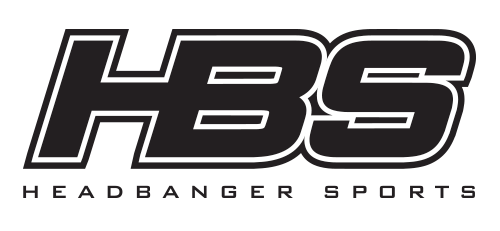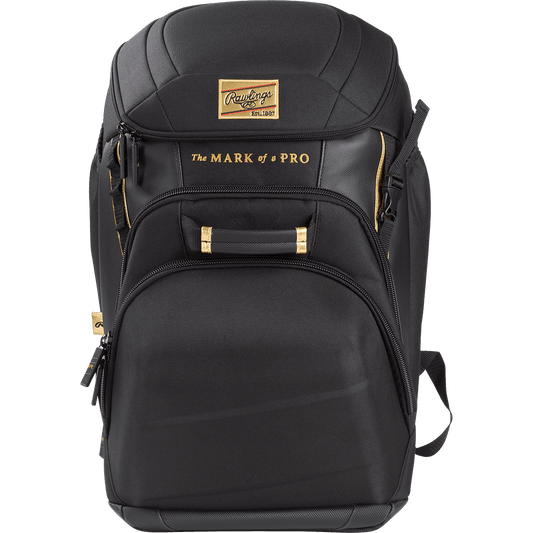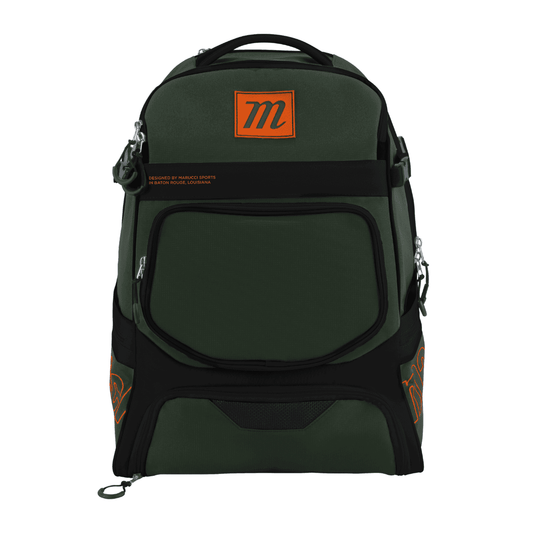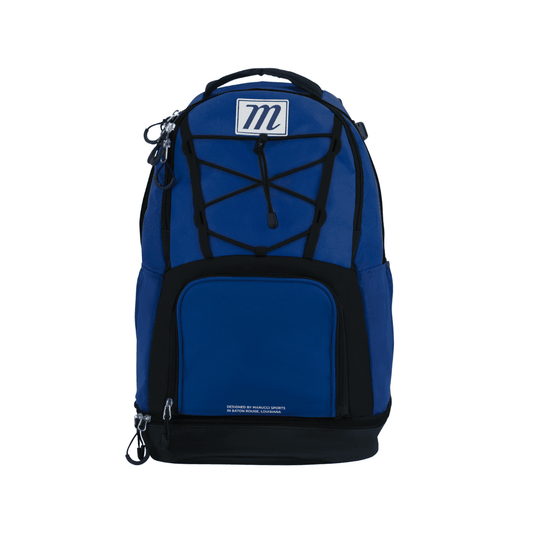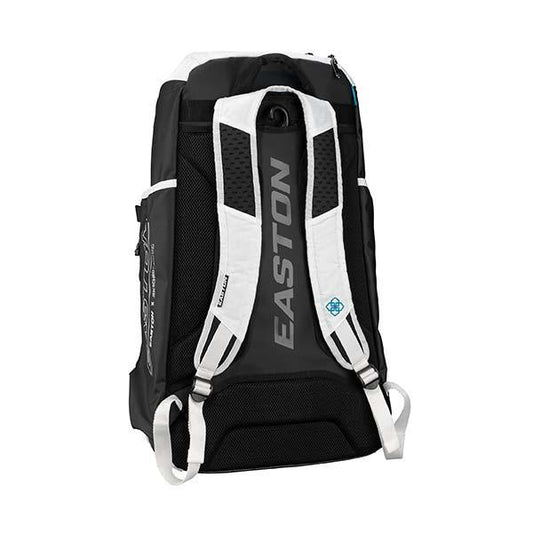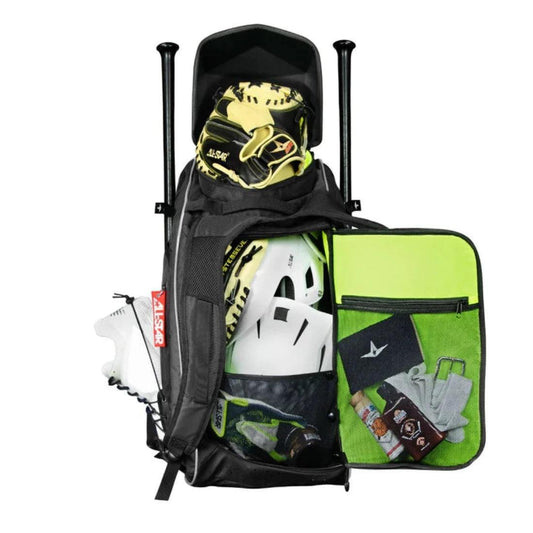Even if you’ve been around the sport of baseball for a while, the many different types of wood bats might surprise you. In addition to the different types of wood used to make baseball bats, there are different models that you can choose from as well. You might think that the type of wood used to make a bat really won’t make a difference in how it performs, but as you’ll soon find out, the different wood types react to the impact of the ball very differently.
With all these different types of wood bats, we understand it might seem confusing to try and understand all your options and what makes each different from the others. Here, we’ll be going over it all so you can make a more informed decision the next time you’re shopping for a wooden bat and feel more confident in your purchase.
Different models of wooden bats
When it comes to the different types of wood bats, it’s important to first identify the different models. The most common models of wooden bats are the 271 turn, 110 turn, and 243 turn. Each has different pros and cons for different hitting styles along with characteristics that will affect its swing weight and how it feels in the hand.
Different types of wood used to make wooden bats
Most people are familiar with types of wood bats like maple, ash, and birch, but as you can see, they aren’t the only kinds of wood that you can use to hit a ball out of the park.
Ash: Bats made of ash are very flexible and forgiving, allowing hitters to almost “feel” the ball as they make contact with it. Thus, bats made of ash wood are very popular with contact hitters.
Maple: When it comes to all the different types of wood bats, you can’t deny that maple is the most commonly used material. This is for good reason – maple bats offer a harder hitting surface and stiffer flex because the wood is so dense. However, this density does minimize a hitter’s control during their swing.
Birch: Birch lands right between ash and maple in terms of toughness and flexibility, making it a good choice for a versatile hitter that wants the best of both worlds.
Bamboo: Although bamboo is technically a grass, it’s still possible to make a bat out of the material that mimics the quality of a wooden bat. In fact, bamboo bats are actually very strong and durable. But because the material is not really wood, bamboo bats are not approved by the MLB, and they will require a BBCOR certification mark for organized play.
Hickory: Hickory used to be the most popular of all the different types of wood bats, but because it’s so heavy and hard and doesn’t offer much flexibility, it was replaced by other woods as the game evolved.
Composite wood: As the name suggests, composite bats are bats made from a blend of two or more wood types. The bat inherits some of the characteristics of whatever wood types are combined to make it.
Now that you know the differences in bats, from models to wood types, you’re ready to choose which type of wood bat works best for you. Shop our selection of baseball slowpitch and fastpitch bats for the bat that suits you best today!